


License/locking tag | Sitka blacktail deer |
|---|---|
Resident | n/a |
Nonresident | $300 |
License/locking tag | Roosevelt elk |
Resident | n/a |
Nonresident | $600 |
License/locking tag | Dall sheep |
Resident | n/a |
Nonresident | $850 |
License/locking tag | Rocky Mountain goat |
Resident | n/a |
Nonresident | $600 |
License/locking tag | Alaskan/Yukon moose |
Resident | n/a |
Nonresident | $800 |
License/locking tag | Caribou |
Resident | n/a |
Nonresident | $650 |
License/locking tag | Bison |
Resident | n/a |
Nonresident | $900 |
License/locking tag | Muskox |
Resident | $500 |
Nonresident | $2,200 |
License/locking tag | Brown/grizzly bear |
Resident | $25 |
Nonresident | $1,000 |
License/locking tag | Black bear |
Resident | n/a |
Nonresident | $450 |
License/locking tag | Wolf |
Resident | n/a |
Nonresident | $60 |
License/locking tag | Resident | Nonresident |
|---|---|---|
Sitka blacktail deer | n/a | $300 |
Roosevelt elk | n/a | $600 |
Dall sheep | n/a | $850 |
Rocky Mountain goat | n/a | $600 |
Alaskan/Yukon moose | n/a | $800 |
Caribou | n/a | $650 |
Bison | n/a | $900 |
Muskox | $500 | $2,200 |
Brown/grizzly bear | $25 | $1,000 |
Black bear | n/a | $450 |
Wolf | n/a | $60 |
Alaska remains one of North America’s last true frontiers—vast, unpredictable, and endlessly captivating. For hunters, it offers a level of adventure that’s hard to match anywhere else. The application window for Alaska’s big game permits still opens earlier than most states, with deadlines landing in December for the following fall, but the process itself continues to be one of the simplest in the West.
Before diving in, it’s important to have a solid handle on how Alaska’s tag and draw system works. The state uses a mix of draw permits, registration hunts, and over-the-counter opportunities to balance harvest pressure with long-term wildlife management goals. Some species and units require you to enter the lottery-style draw, while others can be secured on a first-come basis or by meeting specific reporting requirements. Knowing which hunts fall into which category is the foundation of smart planning.
Taking time to study Alaska’s Game Management Units (GMUs) will pay off. Each region supports different populations, terrain types, access considerations, and season structures. Understanding where certain species are thriving—or where access may limit pressure—helps you prioritize hunts that match both your goals and your style.
Alaska’s lineup of big game opportunities remains as diverse as ever: moose, multiple caribou herds, brown and black bears, mountain goats, and sheep. Each comes with its own logistical demands, success rates, and physical challenges, and being familiar with these factors is critical when narrowing down your options.
With a strong grasp of deadlines, hunt types, and unit-specific details, you’ll be positioned to build a realistic and rewarding application plan for 2026. The more prepared you are on the front end, the more you’ll be able to focus on the real reason Alaska keeps calling hunters north—the chance to lose yourself in one of the most rugged, awe-inspiring landscapes on the continent.
Note: The application deadline for all Alaska big game permits is Dec. 15, 2025, at 5 p.m. (AKST). Applications can be completed online here.
For the 2026 season, the state has created several new hunts, which span over several species types. You can find a breakdown of the specifics of each below.
Rocky Mountain goat
Dall Sheep
Bison
Other new updates for this year
View important information and an overview of the Alaska rules/regulations, the draw system, tag and license fees and an interactive boundary line map on our State Profile. You can also view the Alaska species profiles to access historical and statistical data to help you find trophy areas. Below are links to the Alaska state profile and all species profiles.
Before really diving into the intricacies of the Alaska draw system and how it works, it makes sense to take a look at what tags and options are available for hunters. Alaska offers three primary types of licenses/permits: the draw permit, registration permits, and general tags. All three of these can offer incredible opportunities, and the idea of which one to pursue will be based on what animal you plan to hunt and the potential areas you wish to hunt them in.
Draw permits are the tags that are distributed through Alaska’s random drawing. There are generally only a limited number of tags available, and they are not guaranteed.
Draw odds for this upcoming application season in Alaska will be updated very soon.
Registration permits are largely used as population control tools by the Alaska Department of Fish and Game (AKDFG). Essentially, if the state is looking to up the harvest rate in a particular unit or area, they may implement a registration hunt. Registration permits generally do not limit the number of tags that can be sold; however, seasons are subject to immediate closure by AKDFG when quotas have been met or due to other environmental instances. Some registration permits are available on a first-come, first-served basis.
General hunts are available as over-the-counter (OTC) options for nearly every species and will be the general drawing option for most hunters. These tags can generally be had year after year, although some exceptions do exist.
Harvest tickets act as your license for most general season hunts in Alaska. Harvest tickets are available for free from license vendors and, in many cases, are the only thing required for residents to hunt a multitude of species in many units. Harvest tickets must be accompanied by a locking tag in many instances to legalize a harvest. Locking tags are small metal tags that must be attached to animals once killed in Alaska. Nonresidents are required to purchase locking tags for every species they may be hunting, but residents only need to purchase locking tags for brown/grizzly bears and muskox.
Locking tags can also be used for species of an equal or lesser value; however, hunters must first possess a harvest ticket for the second species. This can be an excellent quirk to take advantage of when planning your hunt. For instance, if you are primarily going to Alaska to hunt moose, you may also find yourself in an area that has additional opportunities for caribou or black bear. Purchasing a caribou locking tag would open up the additional opportunity to take a bull if encountered or a black bear. Keep in mind that, in this case, the hunter must also possess harvest tickets for both of the species.
In a world of point creep and premium tags, Alaska is one of the few states that runs an extremely fair draw system that works for everyone. One important thing to keep in mind is that, with Alaska, draw permits are used in both highly coveted areas as well as areas where the state may simply want to reduce pressure. What this means for applications, in simple terms, is that just because there is a draw permit available, it doesn’t mean that it’s a good hunt to draw. In fact, many permits will go undersubscribed every year and most hunters would likely be shocked to find that the general hunt tags are the true gems of the state.
Alaska uses a very fair system for distributing permits where every applicant — nonresident or resident — has an equal chance (we continue to see an example where this is not the case). No form of bonus or preference points are used here, and the draw system is a true lottery. Unlike many of the other western states, Alaska does not have nonresident tag quotas for the most part, and nonresidents have the exact same chance of drawing as residents, with the exception of some hunts, which may have separate resident or nonresident-only quotas.
Applicants can apply for every species available every year and can submit up to six hunt choices per species. Additionally, all six of an applicant’s allowed choices can be put on the same hunt code or split at their discretion. A few exclusions do apply to this rule.
Some — but not all — permits require that a hunter first secure a client-guide contract before applying. This contract essentially ties a hunter into a specific outfitter for the particular species they are applying for. These hunts are specially called out in the Alaska draw supplements, and hunters need to pay close attention to these.
Out of all of the species available to hunt in Alaska, all nonresidents who want to pursue brown/grizzly bears, Rocky Mountain goats, or Dall sheep must use an outfitter. This unfortunate side effect does generally add a big cost to any hunt, but it is understandable. Alongside this rule, hunters do have a small (albeit limited) workaround to the guide rule. Alaska allows hunters to also utilize a resident with a second degree of kindred to be used in place of a guide outfitter.
By definition, the second degree of kindred includes a father, mother, brother, sister, son, daughter, spouse, grandparent, grandchild, brother- or sister-in-law, son- or daughter-in-law, father- or mother-in-law, stepfather, stepmother, stepsister, stepbrother, stepson, or stepdaughter (5 AAC 92.990).
Party sizes are restricted to two hunters. If a party is chosen for a hunt and only one permit remains, the party will be skipped.
As we mentioned earlier, not all draw hunts will guarantee quality hunting and very few will offer better hunting conditions than what can be found with the general hunts. While some outfitters do offer special experiences for certain permit hunts, the vast majority of them are operating with the general hunt system. This creates more return business, easier planning and logistics and a more dependable income.
General hunts can be found for nearly every species in every unit and hunters will generally have no problem locating a unit to hunt. Really, deciding which tag and even which unit to hunt is the easiest part of planning an Alaskan adventure with far more of the details being found within the logistics of simply reaching and hunting the area. Check out Filtering to start your Alaska research!
The units in Alaska are large, and the average size of each GMU is just over 9,000 square miles! Yet, trophy potentials are great for every species throughout the state, and hunt opportunities exist everywhere.
DG333 - Unit 7, Seattle Creek
DS156 - Unit 7, Crescent Lake
DS225 - Unit 14C, Northeast - Nonresidents only
DS230 - Unit 14C, Northwest - Nonresidents only
DS033 - Unit 14C, Upper Eagle River - Nonresidents guided by resident-relative only
DS196 - Unit 19C - Resident only
DS197 - Unit 19C - Nonresident only
DS198 - Unit 19C - Nonresidents guided by resident-relative only
DS004 - Units 13B, 20A, 20D - Nonresidents guided by resident-relative only
DI404 - Unit 20D, Hunters will be assigned specific hunt start dates
Nonresident moose hunters are now required to successfully complete a Nonresident Moose Hunter Orientation course prior to hunting, proof of completion is required in the field. The moose course can be taken here.
All mountain goat hunters are now required to successfully complete the online Mountain Goat Identification quiz prior to hunting, proof of completion must be carried in the field. The mountain goat course can be taken here.
The draw application period opens Nov. 1, 2025.
The draw deadline is Dec. 15, 2025, at 5 p.m. (AKST).
Draw results are available mid-February 2026.
Applications can be submitted online here.
Up to two hunters can apply on a single-party application.
Hunters must purchase a hunting license before applying, but do not need to purchase locking tags prior.
Leftover permits will be distributed by an area biologist at their discretion. All Alaska leftover permits are available on a first-come, first-served basis here.